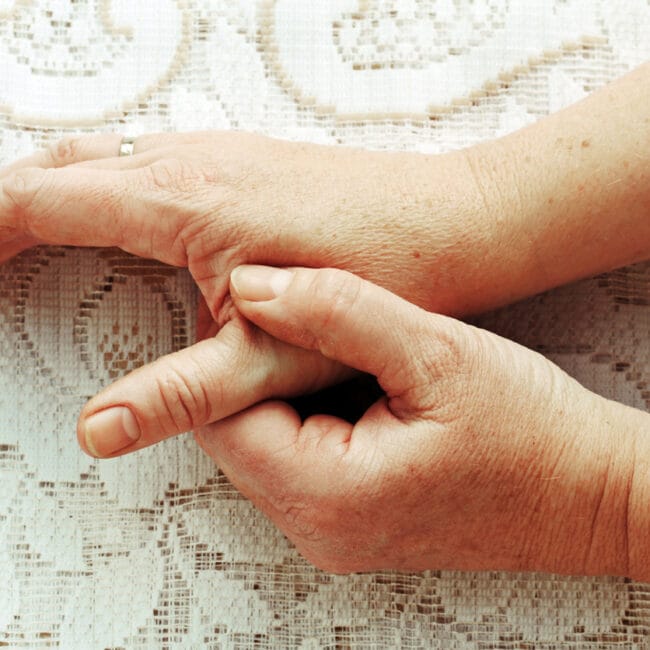
For most people, shoe-shopping simply means going into a shop to find a shoe that we like, that fits, and that falls within our price range. Some people view it as a chore, while others consider it a fun past time. But for almost everyone who goes shoe-shopping, fashion trumps function. Even though we spend huge parts of our days and our lives overall on our feet, few people will give proper thought to the long-term effects that our shoes will have on our feet.
To understand what sort of shoes would be best for your foot type, we must first look at the different kinds of feet there are. Feet can generally be placed into one of three categories: high-arched, neutral, and flat. To figure out which of the three categories describes you, wet your foot and stand on something flat to leave a footprint. The resulting footprint should tell you which of the following categories you fall into.
High-Arched
If the footprint gets significantly skinnier in the middle, you have a high-arched foot. People with high arches tend to stand in such a way that places most of their weight on the outside of their feet. These are typically stiffer than the other two types, and more susceptible to injury. Unfortunately, the shape of the foot also means that shock waves (e.g. from jumping) are not absorbed into the feet, but travel up through the legs. This can cause injuries such as fractures of the tibia or femur. The good news is that people who have high-arched feet (Supinators) should try and buy the most comfortable shoes they can. You’re not trying to reshape the feet, and you’re certainly not trying to keep the arch of your foot up. A cushioned shoe with a cushioned midsole is the best choice.
Neutral Foot
If, in your footprints, the indent of the arch goes about halway across the foot, you have a neutral foot type. Weight is distributed quite evenly across neutral feet, so there are no major issues or health problems that arise for people with neutral feet. Neutral feet are the easiest to shop for. Buy shoes that are neither too rigid nor too soft. You want equal parts support and comfort.
Flat Feet
If your footprint comes out with almost completely flat sides and little or no indent in the middle, then you have flat feet. It is essentially the opposite of the high-arched foot type, in that it is a very flexible foot with the weight typically placed on the inside. While increased flexibility may sound good, it means that the foot is more prone to injury, especially when running or jumping. Heavier, stiffer shoes are the best choice for people with flat feet (pronation), as they help to stabilise the foot and restrict its movement.
It may not sound like the most important thing in the world, but finding the right shoe for your foot type can drastically improve your comfort levels and reduce your risk of injury. Do the test and bear it in mind when you’re going to buy your next pair of shoes. You may be surprised by how big a difference it makes.










